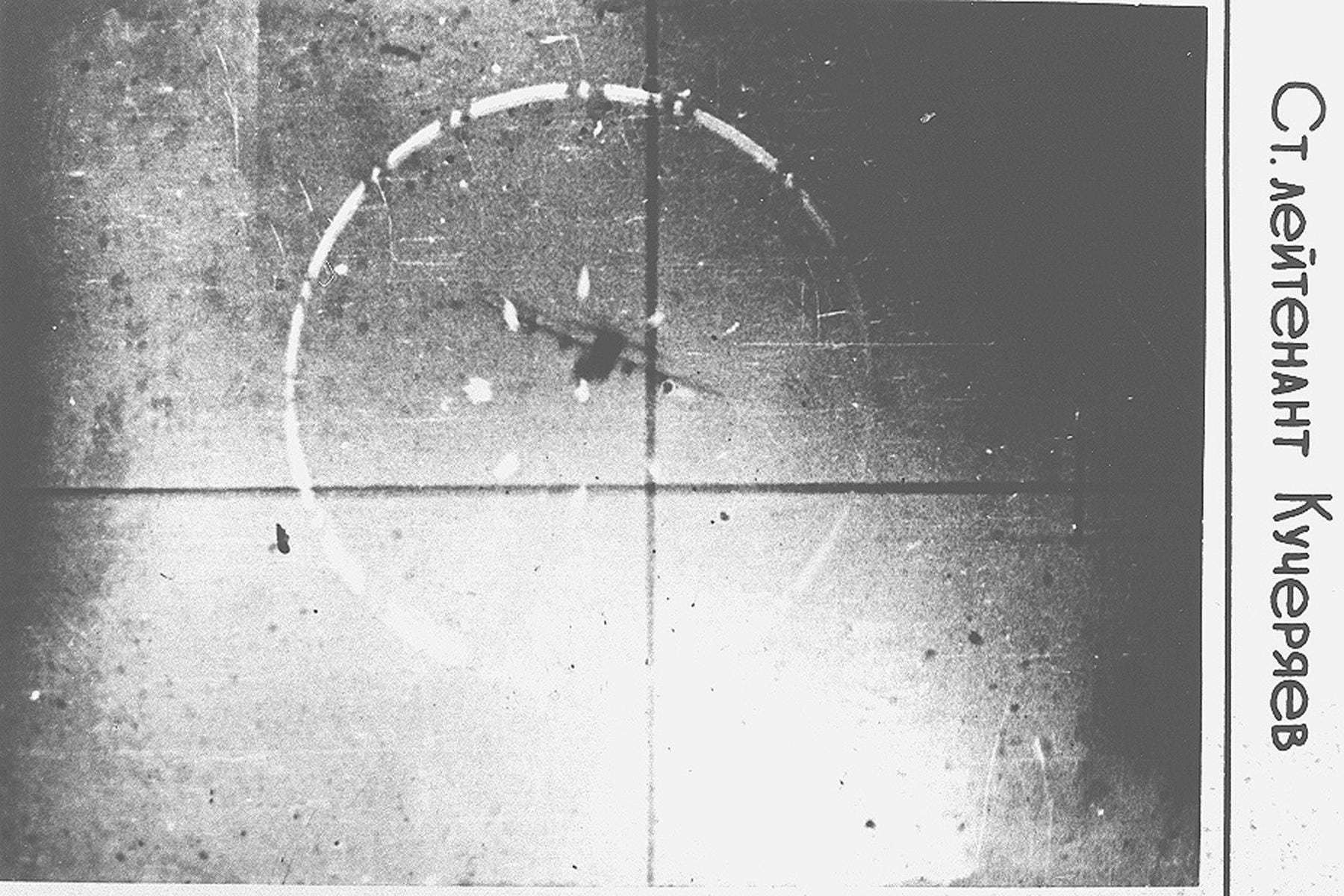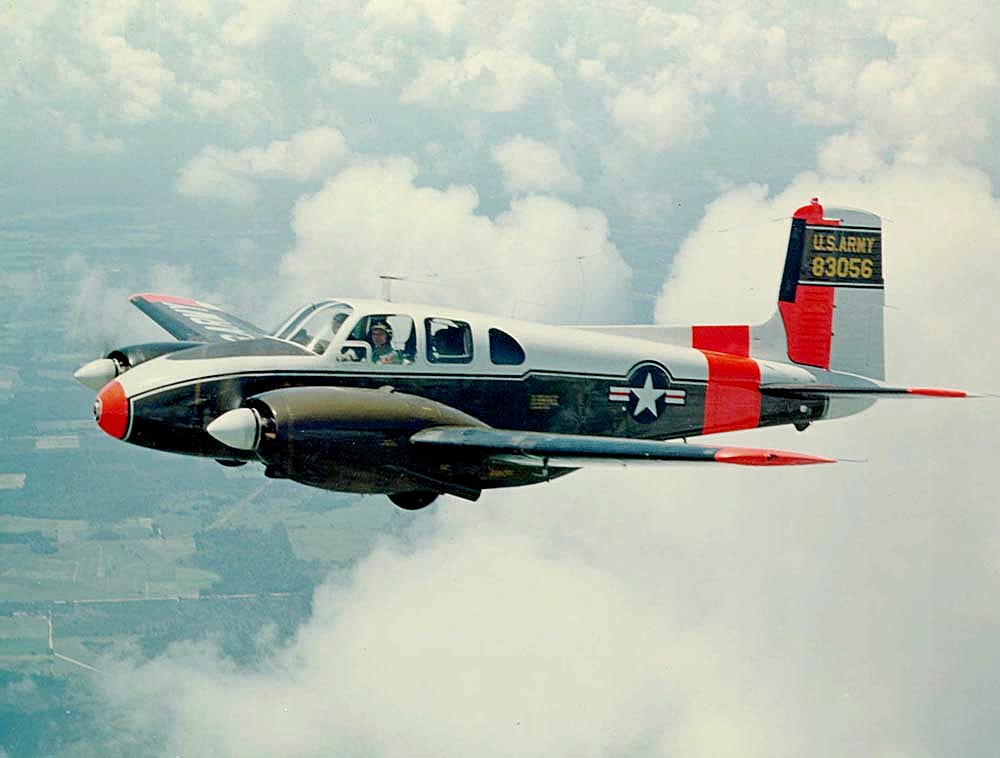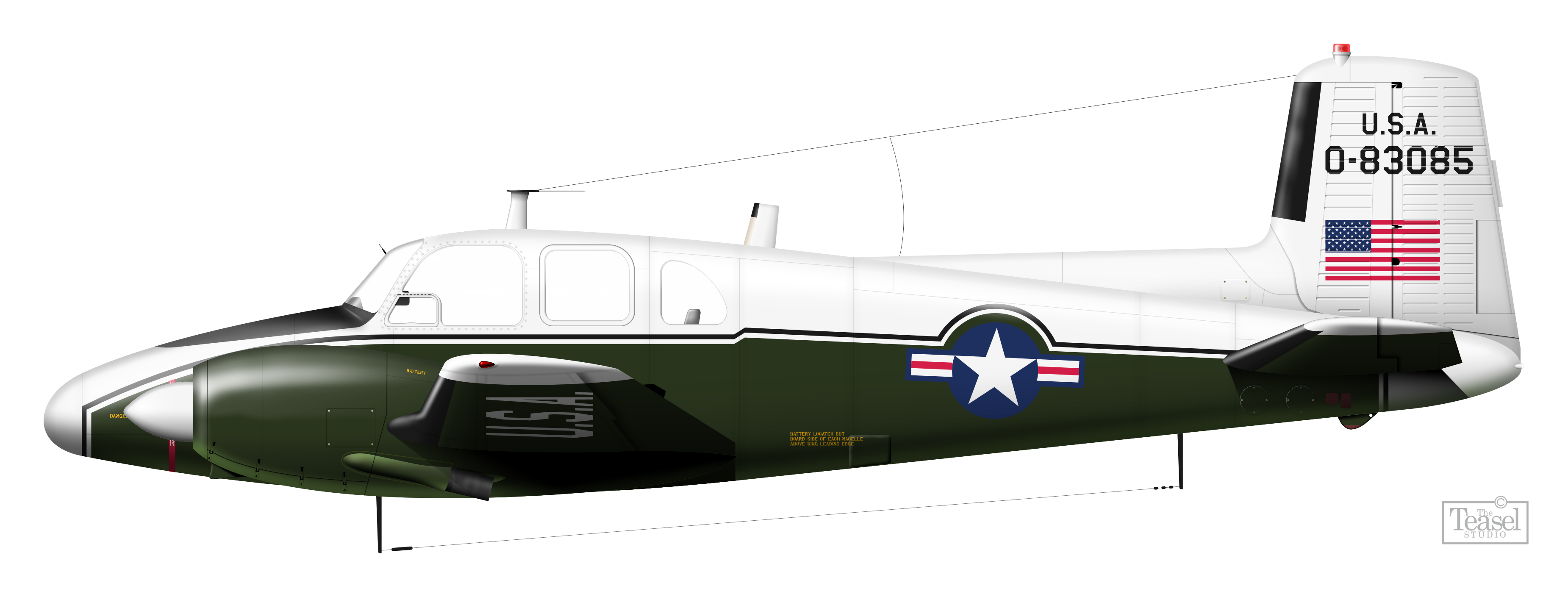10 Times the Soviets Shot Down US Warplanes in the Cold War
Playing with Fire: Jet-Age Brinkmanship in the 20th Century
The dangerous skies of the Cold War were even more perilous than is often understood, and there were several times Soviet air defences obliterated U.S. warplanes. Now largely forgotten, they reveal the startlingly dangerous nature of Cold War flying. Here are ten, often shocking, times the Soviets Shot Down US warplanes in the Cold War.
10: ‘Turbulent Turtle’
The PB4Y-2 Privateer was a well-trusted U.S. Navy patrol bomber adapted from the B-24 bomber. Used in the Second World War, it later served as a reconnaissance aircraft. Its long range and large airframe made it suitable for surveillance, including maritime patrol and electronic intelligence collection missions.
During the Cold War, Privateers conducted “Ferret” missions to intercept and study enemy radar and communications. Some were modified for nuclear delivery, but most aimed to provoke enemy intercepts and record air defence chatter. These high-risk flights pushed into contested airspace, gathering critical electronic intelligence for U.S. military analysts.
On April 8, 1950, a VP-26 PB4Y-2 Privateer (BuNo 59645, nicknamed "Turbulent Turtle") was intercepted by Soviet La-11 (though some reports say ‘MiG’) fighters over the Baltic Sea. It was shot down, killing all ten crew (though there were rumours that eight of them were captured and sent to a gulag).
The aircraft was reportedly attacked even after crashing. This marked one of the earliest deadly Cold War confrontations between U.S. and Soviet forces. As you would expect with such secretive missions, many of the photos in this article show the aircraft type rather than the specific airframe that was shot down. The crew of "Turbulent Turtle" were probably the U.S. Navy's first casualties in the secret war with the U.S.S.R.
9: January 28, 1964, Erfurt Sabreliner
On January 28, 1964, a U.S. Air Force T-39 Sabreliner on a routine training flight was shot down by a Soviet MiG-19 near Erfurt, East Germany. The unarmed jet had taken off on this cloudy winter afternoon from Wiesbaden Air Base but reportedly strayed into East German airspace due to navigational error or weather conditions.
Forty-seven minutes after take off, two U.S. air defence radars spotted the T-39 heading toward East Germany at 500 mph (800 km/h). Both stations tried to contact the plane on USAF and international distress frequencies, but got no response—likely due to radio failure. Two MiG-19s were scrambled to intercept. The Soviets engaged, firing and destroying the jet midair.
All three crew members were killed instantly. The incident provoked outrage in the West, with U.S. officials calling it an unjustified attack on an unarmed training flight. The Soviets insisted the plane had violated their airspace and ignored orders to land. Diplomatic protests followed, but tensions remained high throughout the Cold War.
The shootdown exemplified the razor-thin margins of error during Cold War reconnaissance and training missions. Even peacetime flights could trigger deadly encounters in divided skies. The 1964 T-39 incident served as a grim reminder that Cold War boundaries were not just political—they were lethal, and often unforgiving.
8: Barents Sea Shootdown
IMAGE USAF/Public Domain
On July 1, 1960, a U.S. Air Force RB-47H reconnaissance aircraft was shot down by a Soviet MiG-19 over the Barents Sea. Flying in international airspace, the RB-47H was on an electronic intelligence mission when it was attacked, leading to the deaths of four crew members and the capture of two.
The Soviet pilot reportedly jammed the RB-47’s MD-4 fire control system, disabling its tail guns and leaving it defenceless. The two surviving crew members were held in Soviet captivity for over a year before being released in 1961, amid Cold War tension and diplomatic pressure from the United States.
Credit: USAF/Public Domain
The RB-47H, part of America’s strategic reconnaissance fleet, had a long history of high-risk missions along Soviet borders. On April 28, 1965, another RB-47 was attacked by North Korean MiG-17s over the Sea of Japan. Despite sustaining heavy damage and losing three of its six engines, it managed to return to base.
The RB-47 remained in limited use into the Vietnam War, conducting ELINT (electronic intelligence) relay missions. However, the ageing platform was soon replaced by the more advanced RC-135. The last RB-47H was officially retired on December 29, 1967, marking the end of a perilous yet crucial chapter in Cold War aerial espionage.
7: Seminole survival
On October 21, 1970, a U.S. Army RU-8 Seminole reconnaissance aircraft strayed into Soviet airspace over the Armenian SSR. The RU-8, a modified Beechcraft used for electronic surveillance, was conducting an intelligence mission when it reportedly suffered navigational issues, inadvertently crossing the sensitive border during heightened Cold War tensions.
Flying near the Turkish-Soviet frontier, the aircraft entered Soviet territory under unclear circumstances. The incident triggered a rapid Soviet military response. Though intercepted, the RU-8 managed a forced landing without fatalities. Remarkably, all four crew members survived the ordeal and were later rescued and returned safely, avoiding a major international crisis.
Seminole surviva
The loss of the RU-8 highlighted the risks associated with Cold War intelligence-gathering missions along volatile borders. Reconnaissance aircraft, such as the Seminole, were often deployed in ambiguous airspace, relying on outdated navigation systems and flying perilously close to hostile zones to intercept enemy communications and radar signals.
Despite the successful rescue, the incident served as a stark reminder of how easily intelligence missions could escalate into international incidents. Fortunately, in this case, diplomacy prevailed over escalation. The RU-8 crew’s survival and recovery offered a rare, positive ending in the often dangerous world of Cold War aerial espionage operations.
6: Destroyer down!
The RB-66 Destroyer was a U.S. Air Force electronic reconnaissance aircraft developed from the B-66 bomber. Equipped with advanced sensors, it was designed to collect signals intelligence and jam enemy radar. During the Cold War, it flew dangerous missions near hostile borders, gathering crucial electronic data on Soviet and Warsaw Pact defences.
On March 10, 1964, an RB-66 launched from Toul-Rosières Air Base in France for a routine training and reconnaissance flight according to official U.S. accounts (accounts from nearby French aircrew say the RB-66 was actually monitoring a new type of Soviet radar). Due to a navigational error, the aircraft strayed into East German airspace. The intrusion triggered a swift
Keep reading with a 7-day free trial
Subscribe to Hush-Kit Aviation Newsletter to keep reading this post and get 7 days of free access to the full post archives.











